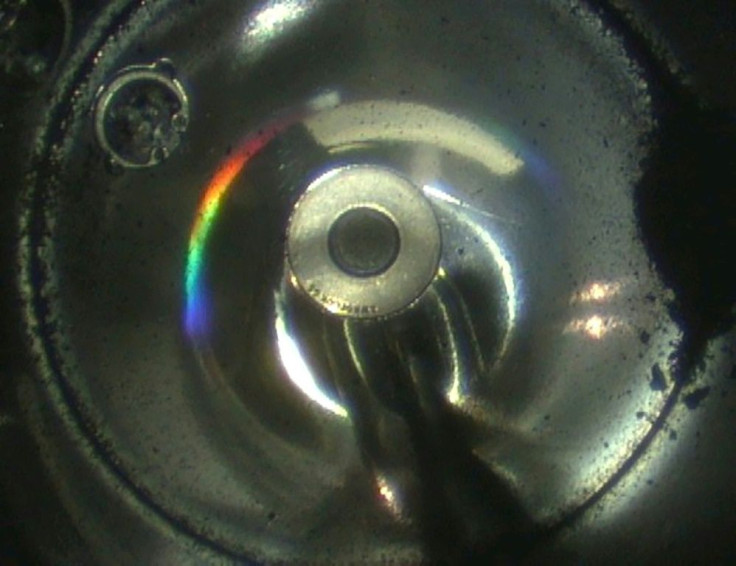Special Delivery: NASA Receives Asteroid Ryugu Samples From Japan
KEY POINTS
- JAXA shared more asteroid Ryugu samples with NASA on Nov. 30
- The samples are now a part of ARES' collection of extraterrestrial materials
- "The future of space exploration will require collaboration among nations": Lori Glaze
NASA recently received a rather special delivery from the Japan Aerospace Exploration Agency (JAXA): precious samples of asteroid Ryugu.
JAXA launched Hayabusa2 in December 2014 with the goal of collecting samples from asteroid Ryugu, NASA noted in a news release. Since asteroids are leftover material from the beginning of the solar system, they can provide clues about the solar system's evolution.
In 2019, the spacecraft fired an impactor into the asteroid to create a crater so it could collect samples from beneath its surface. This is because the surface has been exposed to "galactic and cosmic rays," whereas the material underneath is unaltered.
Hayabusa2 finally returned samples to Earth in December 2020 and in June this year, NASA received its first sample of asteroid Ryugu. It was among the first of the Ryugu samples to leave Japan.
On Nov. 30, JAXA shared even more samples with NASA, the agency noted in the news release. Specifically, NASA received 10% of the total collected samples, which included "23-millimeter-sized grains" as well as four containers of finer Ryugu material. These were delivered by an official and a scientist from JAXA.
The samples were then placed in a cleanroom that's specifically dedicated to Ryugu research, NASA noted. According to the agency, the Astromaterials Research and Exploration Science (ARES) Division at NASA Johnson Space Center has a "unique, state-of-the-art laboratory" for studying extraterrestrial materials.
After documenting the regolith using high-resolution photography, the team placed the samples in a glove box that's filled with dry nitrogen to keep it from "breaking down in Earth's naturally humid and subtly acidic atmosphere."
"Sample returns are the gifts that keep on giving," Keiko Nakamura-Messenger, sample curator and ARES planetary scientist, said in the NASA news release. "Advancements in technology and methodology will continue to help scientists gather data from sample returns in ways once thought impossible. We're still studying Apollo samples."
"The future of space exploration will require collaboration among nations," Planetary Science Division director at NASA Headquarters, Lori Glaze, added. "The sample exchange between NASA and JAXA marks a step toward achieving this goal."
Last Saturday, two pitch black, 2-millimeter-sized asteroid Ryugu samples were placed on display for the first time at the National Museum of Emerging Science and Innovation in Tokyo, The Mainichi reported. The capsule in which the samples returned to Earth are also on display.
During the briefing session with the media on Dec. 3, Masaki Fujimoto, the deputy director of JAXA's Institute of Space and Astronautical Science told reporters that even though the samples look quite simple, they actually hold valuable information.
"They look like ordinary pebbles, but are actually filled with information related to the origin of Earth's water and life," Fujimoto said, according to the outlet. "I want visitors to look at them with that in mind."

© Copyright IBTimes 2024. All rights reserved.






















